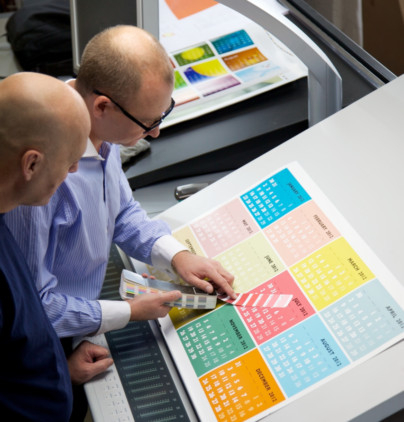
Sector estimates for the industry indicate printing is likely to arrest its steady decline in 2013, thanks to the adoption of customised digital printing, the rising use of colour products and new technologies such as 3D and mobile printing.
However, the segment is expected to post a small growth in the next few years, says Gartner research analyst Amrita Choudhury. “Printers, copiers and multifunction products (MFP) in the Middle East and Africa show a compound annual growth rate of 0.3 per cent through 2012-2017,” she says.
Market fluctuations
In its first-quarter forecast, the researcher said the segment is likely to remain flat in 2013, with shipments totalling 109 million units, down slightly from the 1 per cent growth of its prior forecast, says Choudhury.
Total worldwide shipments of these products were 30 million units in the fourth quarter of 2012, an 11 per cent decline from the same period in 2011. Total end user spending was $13 billion (about Dh47 billion), falling by 5 per cent as compared to the last quarter of 2011. “The printer, copier and MFP market in the Middle East and Africa declined 16 per cent and end user spending in dollars fell by 3 per cent year over year,” she adds.
International Data Corporation (IDC) forecasts are along similar lines. For the period 2012-2016, IDC expects the global printer market to decline.
“For inkjet, the increasing use of smartphones, tablets and mobile devices means a reduction in printer usage. For laser, overall shipments will decline, but there is opportunity for higher value sales as entry level moves upstream. Improving printer features such as wireless networking, mobile/cloud capabilities, and high-capacity toner will appeal to the Server Message Block (SMB) and work group user,” says Amy Machado, Senior Research Analyst, Hardcopy Peripheral Solutions at IDC.
While the market will recover, largely on the back of a strong business inkjet growth, growth rates will be in single digits, says Phuong Hang, Programme Manager, Worldwide Hardcopy Peripheral Trackers, IDC.
Some 80 per cent of the global market for copiers, printers, scanners and MFPs is held by Dell, HP, Samsung, Canon, Epson, Ricoh, Konica Minolta, Lexmark and Xerox. According to IDC, HP continues to hold the largest market share at 38.5 per cent, followed by Canon at 22.4 per cent and Epson with 14.4 per cent market share.
The new dimension
The bright spot amid the gloom is 3D printing or additive manufacturing. A transformative manufacturing technology, it involves fabrication of physical objects by depositing a material using a nozzle, print head, or any another printer technology.
While initially used for prototyping of products, 3D printing has evolved and can now be used for the short-run manufacturing of industrial products, dental implants and medical devices. It is now at a stage where digital models can be replicated to produce physical components similar to mass-produced products.
In a 2012 report, Global Industry Analysts projected that the global market for 3D printing is to reach $2.99 billion by 2018. This will be driven by the advent of newer technologies, approaches and applications.
Should existing players tap into the sector, their declining product sales may soon be offset by the new technology. In the interim, there are solutions such as wireless and mobile printers.
“With smartphones and tablets now everywhere, a lot of people say print is dead,” Kees Verton, Printing Category Manager, HP Printing and Personal Systems ME, said at an event in Dubai last week where the brand showed off its new mobile printers. “But print is as alive as ever because of all the mobile devices; people are now printing more than ever.”













